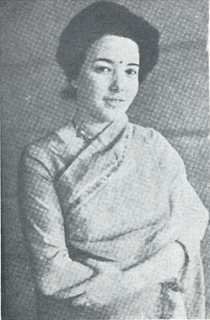When President Neelam Sanjiva Reddy and Prime Minister Morarji Desai unveiled the portrait of Netaji at parliament on 23 January 1978
During the Emergency, Vajpayee and LK Advani were locked up in the same jail as Guha, who, as per Advani's recollections, used to talk about Bose all the time. Post Emergency, Vajpayee became India's foreign minister. Making good use of his contacts in the Janata government, Guha managed to do much for Netaji's legacy. His efforts, for instance, led to the unveiling of Netaji's portrait in Parliament. This was a most significant gesture because as so long Congress party remained in power, it could not be done.
When President Neelam Sanjiva Reddy and Prime Minister Morarji Desai unveiled the portrait on 23 January 1978, Vajpayee remarked it was like the nation had "repaid" its debt to Netaji though "30 years after independence". [See the attached "Times of India" report]. He added that "the historians and scholars should find out why the Congress government had done injustice to Netaji by ignoring him all these years".
Not many scholars or historians have since then bothered to find that out. But then, we don't need them. Every child knows.



Comments
Post a Comment